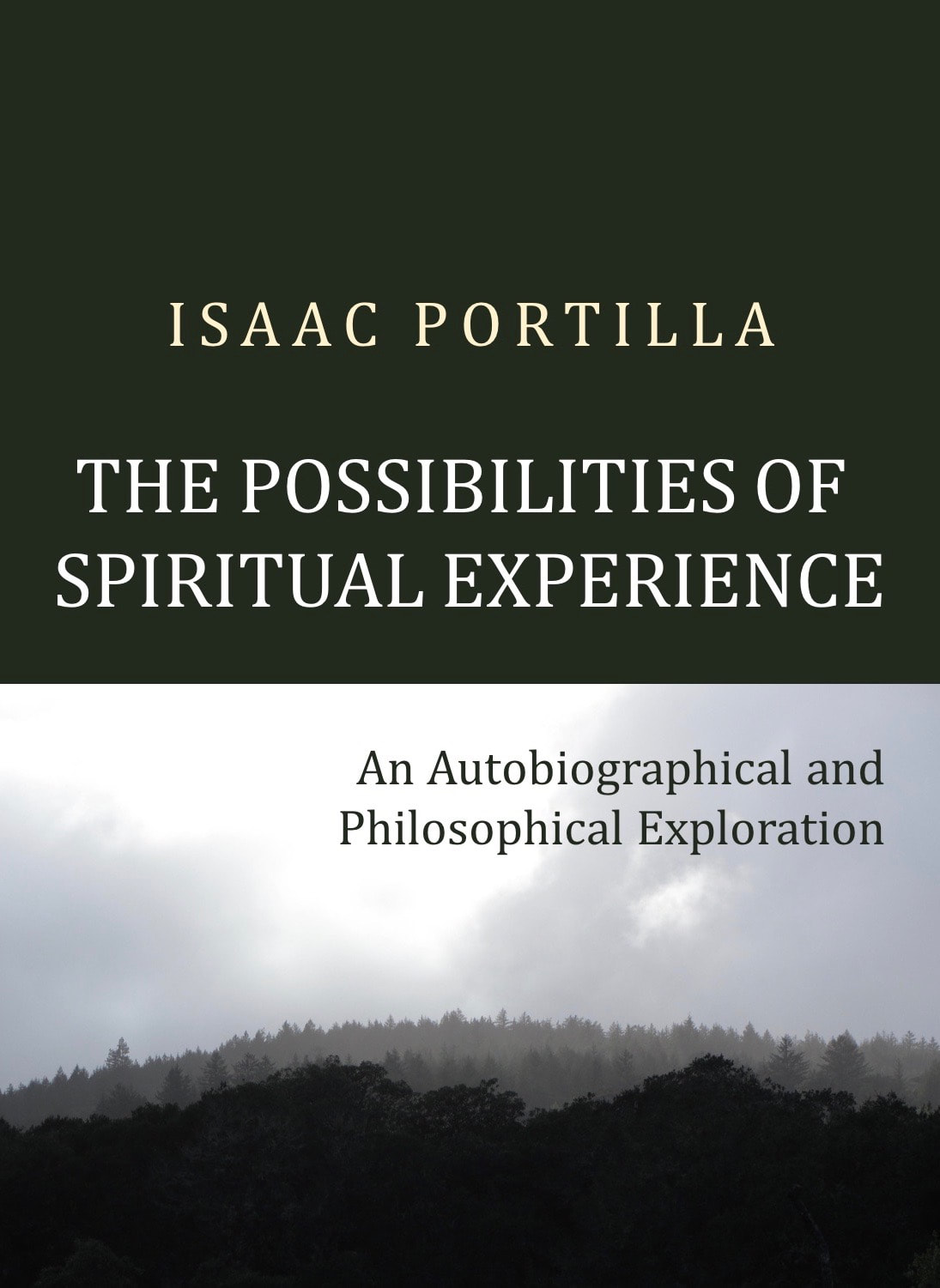|
Classical spiritual Enlightenment refers to a state of spiritual consciousness depending on two necessary conditions |...| causing ‘Illumination’ (in Christian terms), meaning the possibility of ‘abiding in Light’.
Such mystically-supported definition of God is ‘scientifically acceptable’ as it is based on ‘contrasted experiential reality’, with constituents (Spirit, Light and Love) consistently acknowledged, and replicable.
The white Light or Clear Light stands at the door between the worldly, subtle and higher spiritual perception on one side and Divine Cognition on the other side.
The Supermind, in combination with the Overmind, supports the latest known accessible stage of human spiritual evolution. This stage is known as Supra-mental Transformation in Aurobindo’s Integral Yoga.
|
Book excerpt: Portilla, Isaac. The Possibilities of Spiritual Experience: An Autobiographical and Philosophical Exploration. Madrid: Editorial Mirlo, 2017. (Part: The Three Pillars Model; Chapter: The Three Pillars Model (An Overview); Sub-chaper: Glossary (Three Pillars Model Terminology); p. 244-253)
Glossary (Three Pillars Model Terminology)
|






